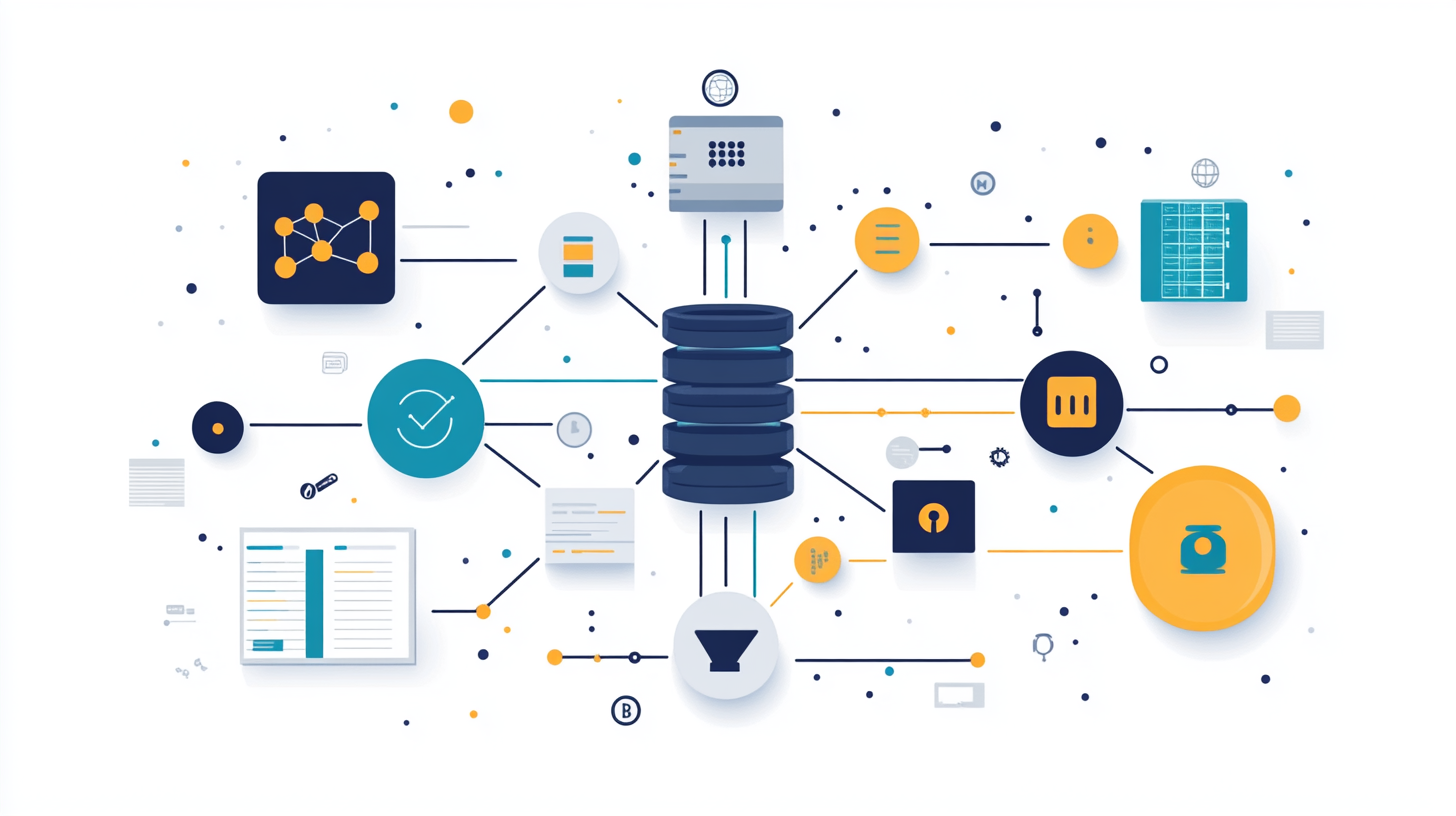Why Code Reviews Matter
Code reviews are more than just a formality — they are an essential part of software development that ensures code quality, improves security, and fosters a collaborative engineering culture. When done correctly, they reduce technical debt, catch issues early, and help developers grow by learning from one another. However, superficial or rushed reviews can slow development, introduce friction, and lead to lower-quality code.
On this guide, we provide a clear, actionable framework for conducting efficient and effective code reviews. Whether you’re a junior developer or an engineering lead, these best practices will help you streamline the review process, keep the quality bar high, and maintain a productive, collaborative team environment.
What to Do in a Code Review
A good code review is thorough but also constructive. Here’s what to focus on:
Focus on Readability and Maintainability
- Ensure the code is clear and self-explanatory.
- Check for adherence (obedience) to coding style guides and best practices.
- Ensure variable and function names are meaningful.
- Look for modular, reusable, and well-structured code.
Look for Logical and Functional Errors
- Validate correctness by considering edge cases and unexpected inputs.
- Ensure proper error handling and fail-safe mechanisms.
- Confirm that unit and integration tests cover the new logic.
Assess Performance and Scalability
- Identify potential performance bottlenecks, such as inefficient loops or redundant database queries.
- Check for unnecessary memory usage or expensive operations.
- Ensure algorithms and data structures are appropriate for the problem.
Ensure Security Best Practices
- Watch for vulnerabilities like SQL injection, cross-site scripting (XSS), and hardcoded credentials.
- Validate authentication and authorization logic.
- Ensure sensitive data is handled and stored securely.
Encourage Good Documentation and Comments
- Ensure function and module-level documentation is present and useful.
- Verify inline comments clarify non-trivial logic.
- Check that commit messages and pull request (PR) descriptions are meaningful and descriptive.
What NOT to Do in a Code Review
While a thorough review is important, some common pitfalls can make the process ineffective or counterproductive:
Don’t Be Overly Nitpicky
- Focus on substance over style preferences (unless style is explicitly part of the guidelines).
- Minor formatting issues should be automated through linters, not manually reviewed.
Avoid Reviewing in a Rushed or Superficial Manner
- Take time to understand the intent behind the changes.
- Look beyond syntax and ensure logic and functionality are sound.
Don’t Let Reviews Become Personal
- Keep feedback professional, constructive, and focused on improvement.
- Avoid negative or sarcastic comments that could discourage the author.
Avoid Accepting Large PRs Without Proper Review
- Large PRs are harder to review and increase the risk of missed issues.
- Encourage breaking down large changes into smaller, more manageable PRs.
Don’t Skip Reviewing Tests
- Ensure test cases cover edge cases and expected behaviors.
- Check that assertions are meaningful and not merely checking for expected output.
Keeping the Quality Bar High
To maintain high standards consistently, teams should establish structured review practices:
Establish Clear Code Review Guidelines
- Define expectations for code reviews, including what to check for.
- Use a checklist to ensure consistency across reviews.
Encourage a Growth Mindset in Feedback
- Make reviews constructive and educational.
- Highlight well-written code, not just flaws.
- Foster a learning environment where developers improve over time.
Use Automated Tools to Assist Reviewers
- Leverage static code analysis tools to catch syntax and security issues early.
- Automate formatting checks to reduce manual review overhead.
- Use test coverage reports to ensure sufficient test coverage.
Ensuring an Iterative Review Process
A good review process is iterative, collaborative, and balances speed with thoroughness.
Encourage Small, Frequent PRs
- Smaller PRs are easier to review, test, and merge.
- They reduce cognitive load and minimize merge conflicts.
Adopt a Two-Way Review Culture
- Encourage authors to review their own code before submitting.
- Authors should provide context for non-obvious changes in PR descriptions.
Balance Speed and Thoroughness
- Define reasonable service-level agreements (SLAs) for code reviews.
- Avoid rubber-stamping approvals to speed up development at the cost of quality.
Use Draft PRs for Early Feedback
- Draft PRs allow teams to catch potential issues before finalizing code.
- They facilitate discussions on architecture and design choices early in the process.
Pull Request Size: The Smaller, The Better
Pull request (PR) size directly impacts review effectiveness. Large PRs are difficult to review and prone to errors.
Why Large PRs Are a Problem
- Harder to review thoroughly, leading to missed bugs.
- More likely to cause merge conflicts.
- Increased risk of regression issues.
How to Keep PRs Small and Manageable
- Break large changes into multiple, logically separate PRs.
- Use feature flags to merge incomplete work safely.
- Ensure each PR focuses on a single purpose (e.g., a bug fix, a refactor, or a feature addition).
Common Challenges and How to Overcome Them
Even well-defined code review processes face challenges. Here’s how to address them:
Handling Disagreements in Reviews
- Resolve conflicts constructively through discussion and data-driven decisions.
- If disagreements persist, involve a senior engineer or tech lead for arbitration.
When to Request Additional Changes vs. When to Approve
- Small issues that don’t affect functionality can be noted for future refactoring.
- Major issues that affect correctness, security, or maintainability should block approval.
Dealing with Slow Review Cycles
- Encourage team-wide commitment to timely code reviews.
- Set expectations for review timelines and ensure reviews don’t become bottlenecks.
Conclusion and Takeaways
Effective code reviews are critical for maintaining high-quality software and fostering a culture of continuous improvement. By following these best practices, teams can:
- Improve code quality and maintainability.
- Reduce bugs and security vulnerabilities.
- Strengthen team collaboration and knowledge sharing.
- Ensure efficient, thorough, and constructive review processes.
By making code reviews a cornerstone of your development process, your team can write better software and build a more collaborative engineering culture. Happy reviewing!














Discussion